- Lightroom Presets
- Mobile Presets
-
Photoshop
-
Learn
-
Support
-
Install
- Best Sellers
- Blog
By Allison Wheeler on | No Comments

It's 2:47 am. You are snuggled so warm in your bed fast asleep, maybe even having an amazing dream. Until the most annoying, loudest sound from your phone wakes you up with a jolt. It is a call you've been waiting on for weeks. It's finally time, as in baby time.
You throw on your clothes and grab your gear and a little "survival" pack, and in a matter of minutes you are out the door and on the road to the hospital. You are a birth photographer. And YOU are in charge of documenting a baby's arrival earthside.

There is nothing quite like birth photography. I can tell you from my experiences, it is an emotion-filled, once in a lifetime chance to witness a miracle. Each birth I have attended has been unique from one another. And I know the future ones I will photograph will be different as well. That is what makes it exciting and at times a little difficult.

In this article, I will give you lots of information and tips about birth photography, whether you are a family looking to hire a photographer or a photographer hoping to capture a birth.

My first birth to photograph was that of a friend in the summer of 2012 (image below). She asked me to be there in the delivery room to capture her last baby being born. I had my camera less than a year, but I was so excited to have this opportunity.
I was comfortable shooting in manual mode (a huge MUST for shooting births since lighting can be so unpredictable) and knew this could be my chance to get into something new and beautiful. This experience ignited my love of birth photography.
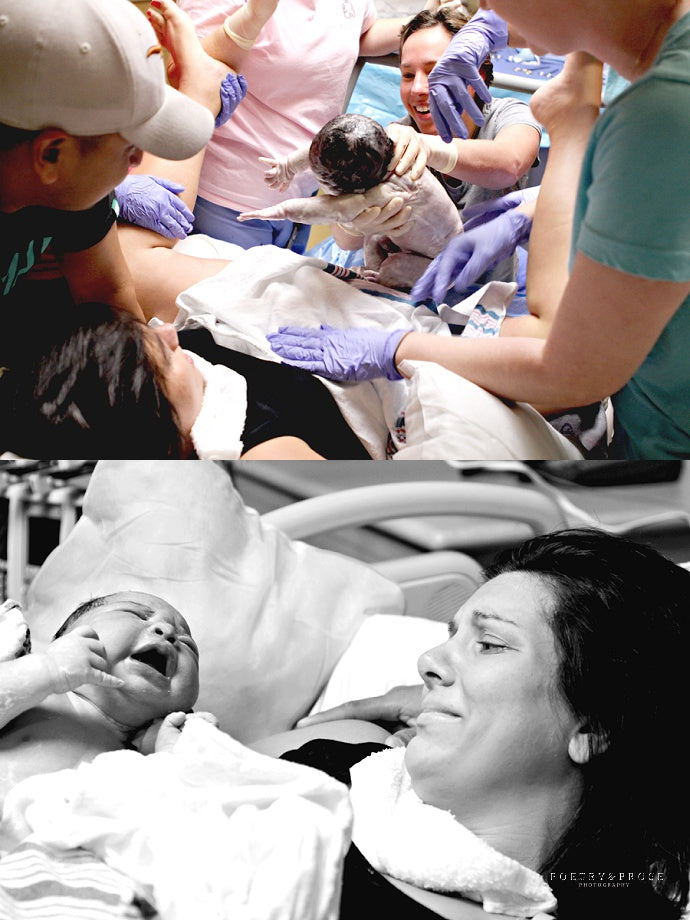
First, let's talk a bit about gear. My absolute favorite lens to use is a 35mm. Hospital rooms can be very small, so having a wide angled lens helps you capture more of the details without intruding into the mama's space. I've also used my 24-70mm at births for the same reason. It is important to have a lens that can open wide (have a low f-stop number). I tend to shoot around 2-3.2.
Many times births happen in the dark or even if in the day, window light can be lacking. So using a lens that lets in plenty of light helps. A camera body that handles low light easily is also pretty handy. My first camera was a Canon T3i which starts to show grain at 800 ISO. When I switched to using my Canon 5DMarkiii, I discovered the low light capabilities were amazing!
Lack of light can also mean two things, learning to embrace the grain and pump up your ISO or learning to master your flash. I have done both during births, but personally, I prefer to bump my ISO and adjust in Lightroom or Photoshop.

It is imperative to have your things ready to go when the call comes in:
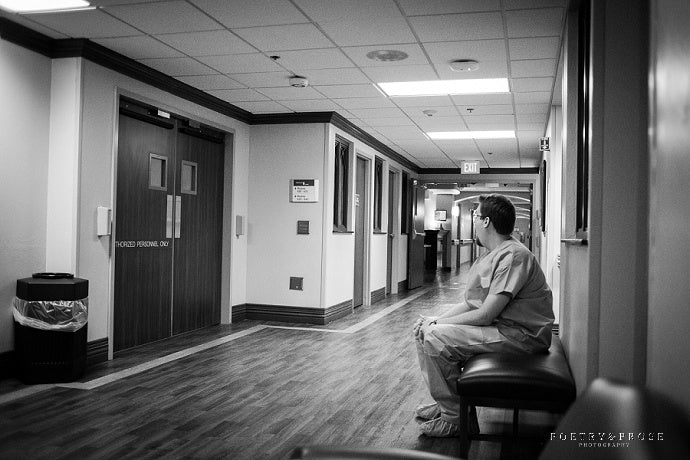
Like I said above births are unpredictable, even with scheduled births, so always be prepared for anything!
Natural births can turn into caesarian sections in moments. Inductions can turn into unexpected labor. Childbirth can happen in a hospital room lit only by twinkle lights, a birthing tub at home, or in the operating room. You must be prepared to go to all these places.
Babies can take only minutes to be born or can take literally days! These reasons (among others) are why it is so important to talk with the family to adequately prepare for your role and their expectations.
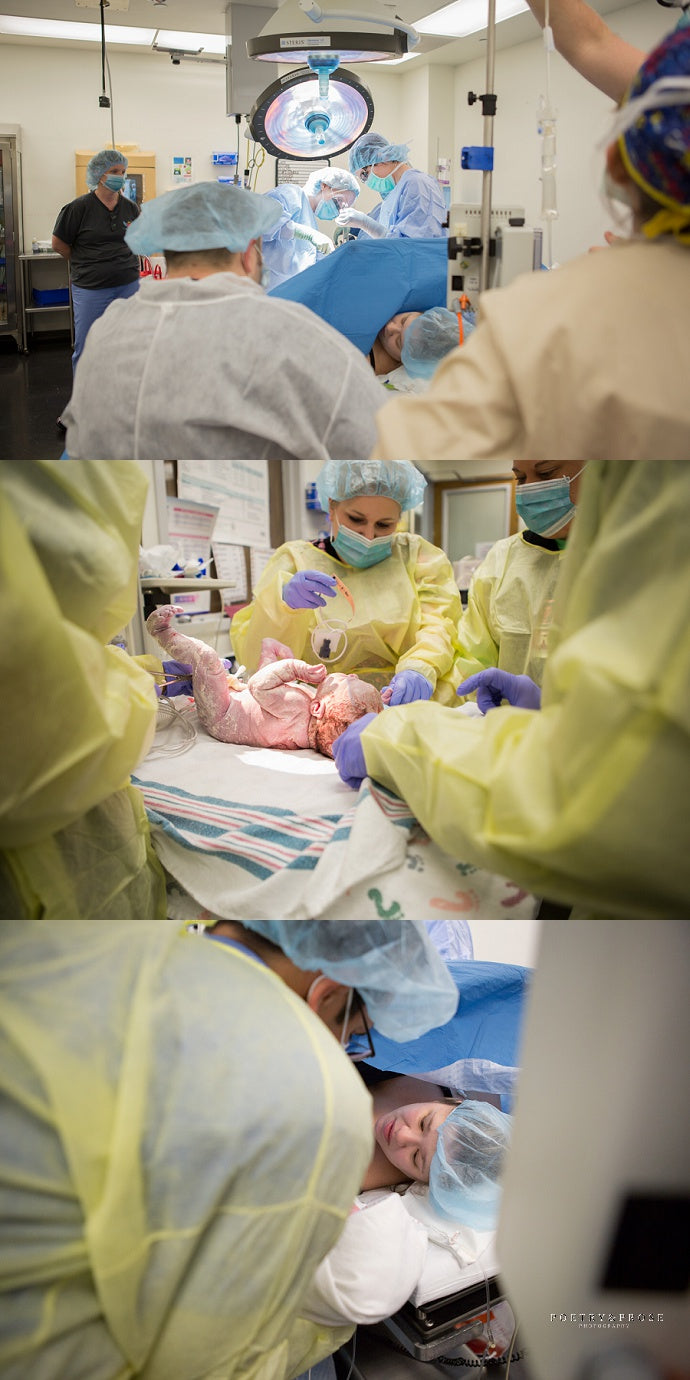

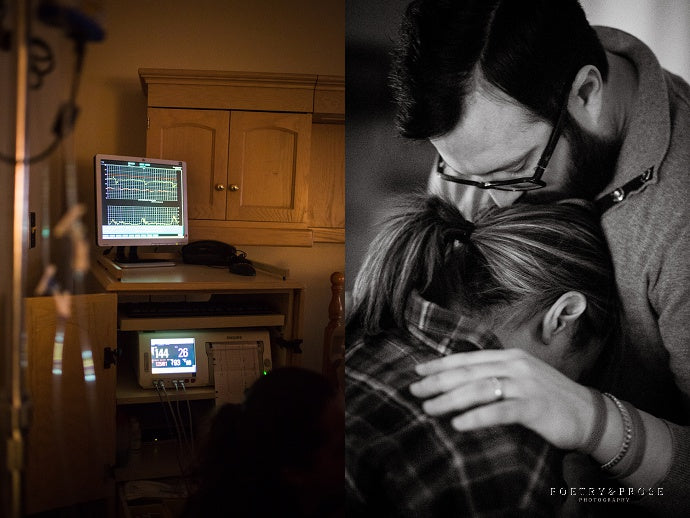
Open and on-going communication with the parents is key. I love meeting in person with my families to discuss all the thing that can come up. I really think it gives us both peace of mind and a clear expectation on what needs to be done in order to make the birth photography process easier while at the same time following all the guidelines set forth by the doctor/midwife/hospital.


When to call - I tell them to call me even if there is an inkling of labor. Better to call with a false alarm than to miss the birth! Also call again when active labor is confirmed (typically once at hospital and at around 6cm).
Doctor/Hospital Guidelines - All physicians and hospitals are different. Your client needs to have conversations with both (and relay the information to you) to ensure they are ok with having a birth photographer present and if there are any restrictions (such as no photography at certain stages of labor or in the operating room).
Parent's expectations - Now there's no way to have a Pinterest inspired birth session. But, if a client wants you to get images of something specific (like siblings, cord cutting, etc) they can make those known so that if the opportunity presents itself you you will do your best to capture them. You should also let them know the unpredictability of birth may prevent that from happening.
Your Birth Photography Service Details - Make sure the families know ALL that you are willing to do. Consider being "on call" for the births and a set amount of time you will stay after the baby is born. Talk about how many images you will provide and what images you would like to share and use for marketing. Always discuss backup plans if you are ill or some other circumstance comes up that prevents you from making the birth, whether it is a back up photographer, credit towards another photo session or something else.
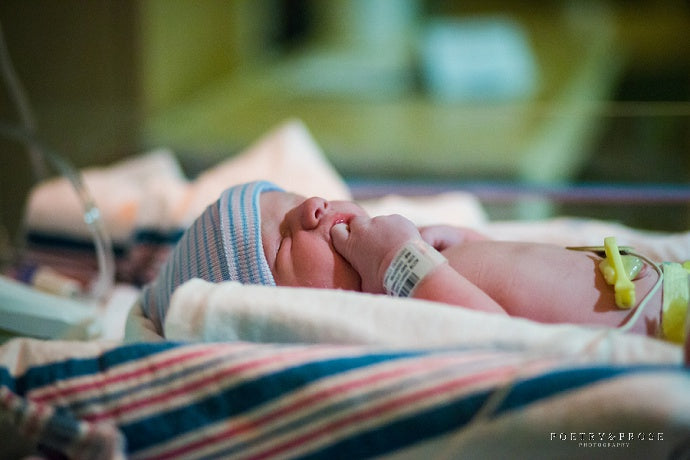
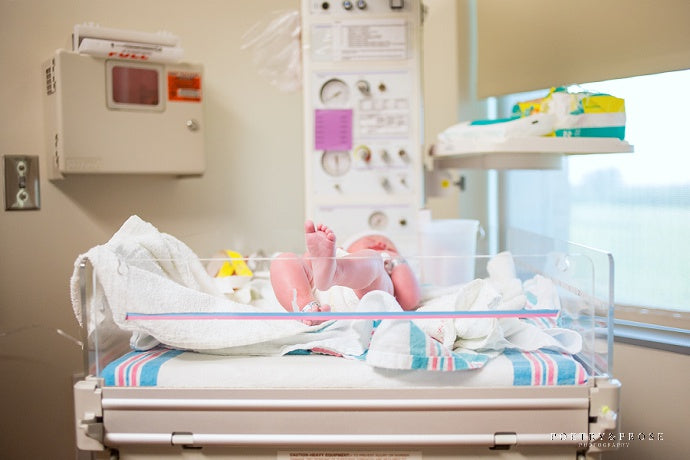
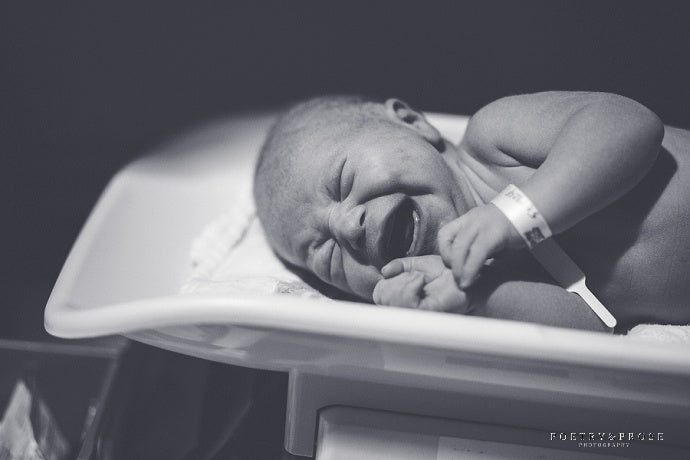
Based on the unpredictability of birth, as a professional birth photographer, you MUST make sure you are receiving proper payment. And as a family looking to hire a photograph to attend your birth, you should expect to compensate the one you hire.
I always tell potential clients (especially those who may have "sticker shock" after learning the price of my birth photography sessions) that photographing a birth is almost identical to shooting a wedding with the exception of not knowing the date or time expected to be there.
When I book weddings, the couple says to me be there on this date and for X amount of hours. It's set in stone in the contract. Sure, changes can be made, but I know on that date I will be gone from my home for that certain amount of time. However with births, you can never really know when and for how long you'll be needed. Even with inductions a mama can go into labor on her own before the induction date! I know this personally, I did it with my last baby!
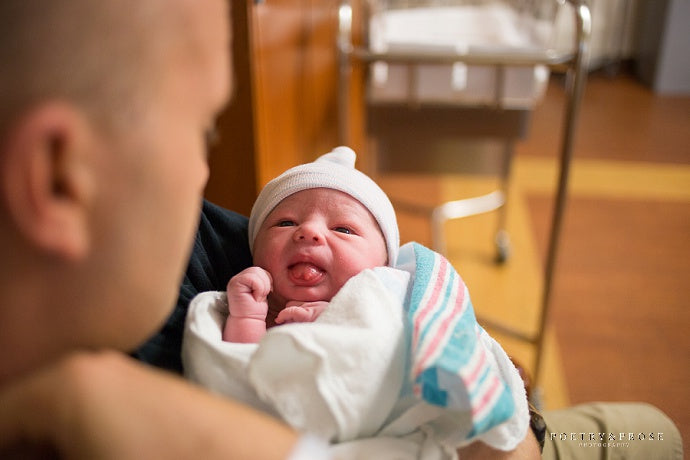
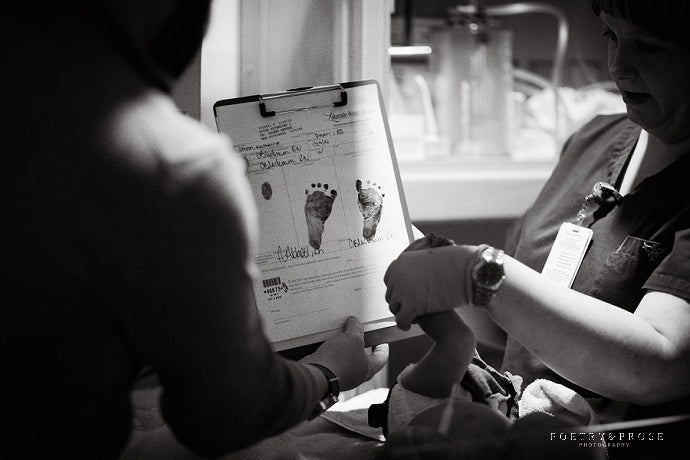
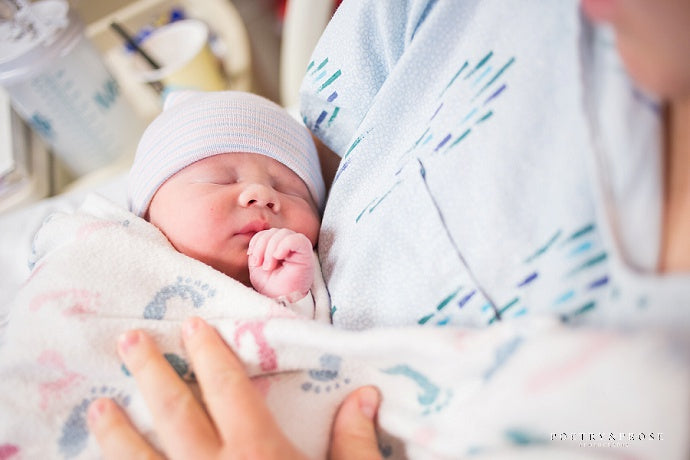
Consider offering a special session for those who are unable to commit to a full birth session but love the idea of hospital photography. I call these sessions "first glimpses". Many other birth photographers call them "fresh 48". (I'm a fan of the true crime show "First 48" and just get a creepy vibe when using that name. haha! But totally no disrespect to those who use that term!)
Regardless of what you call those sessions, they are great to offer. These sessions are done after the baby is born and before the family leaves the hospital/birth center. I stay for about an hour and capture those tiny details and the beginnings of the parents bonding with baby. Often times, this is also when siblings and grandparents come to meet the new baby. It's always a room full of love and smiles.
A big bonus of a "first glimpse" session is you can schedule them during the day when there is pretty window light.

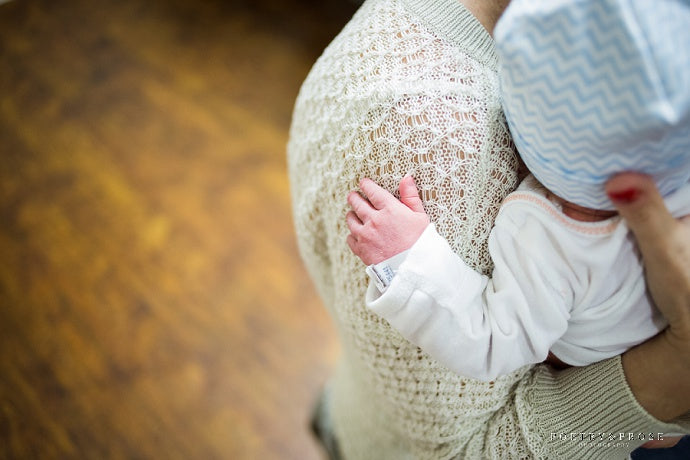
Birth photography is beautiful, but it is not for everyone. I can assure you that the images I capture during birth sessions are cherished by the family, especially mama.
After giving birth, a mother most likely forgets the details that helped bring her baby into this world. Her beautiful new child is all she cares about at that point. The images captured during a birth session will help to fill in the spaces of her memory of that special day.
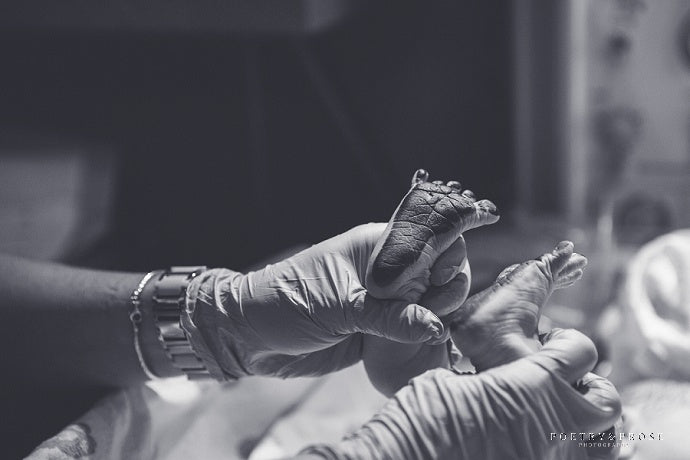
Do you have any questions or comments about Birth Photography? Leave us a comment below - we would LOVE to hear from you! And PLEASE SHARE this post using the social sharing buttons (we really appreciate it)!



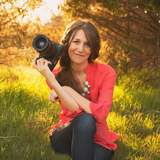
Allison Wheeler is a lover of lifestyle photography from Norman, Oklahoma. Her eyes were opened to photography by toying with Instagram in 2010. She got a camera soon after and learned to use it by documenting her life with her husband and three young sons. She now happily does the same for others, from births to weddings and almost everything in between. To see Allison's most recent work, visit her Facebook page. She often gets on Pinterest to avoid cleaning her house.

Comments